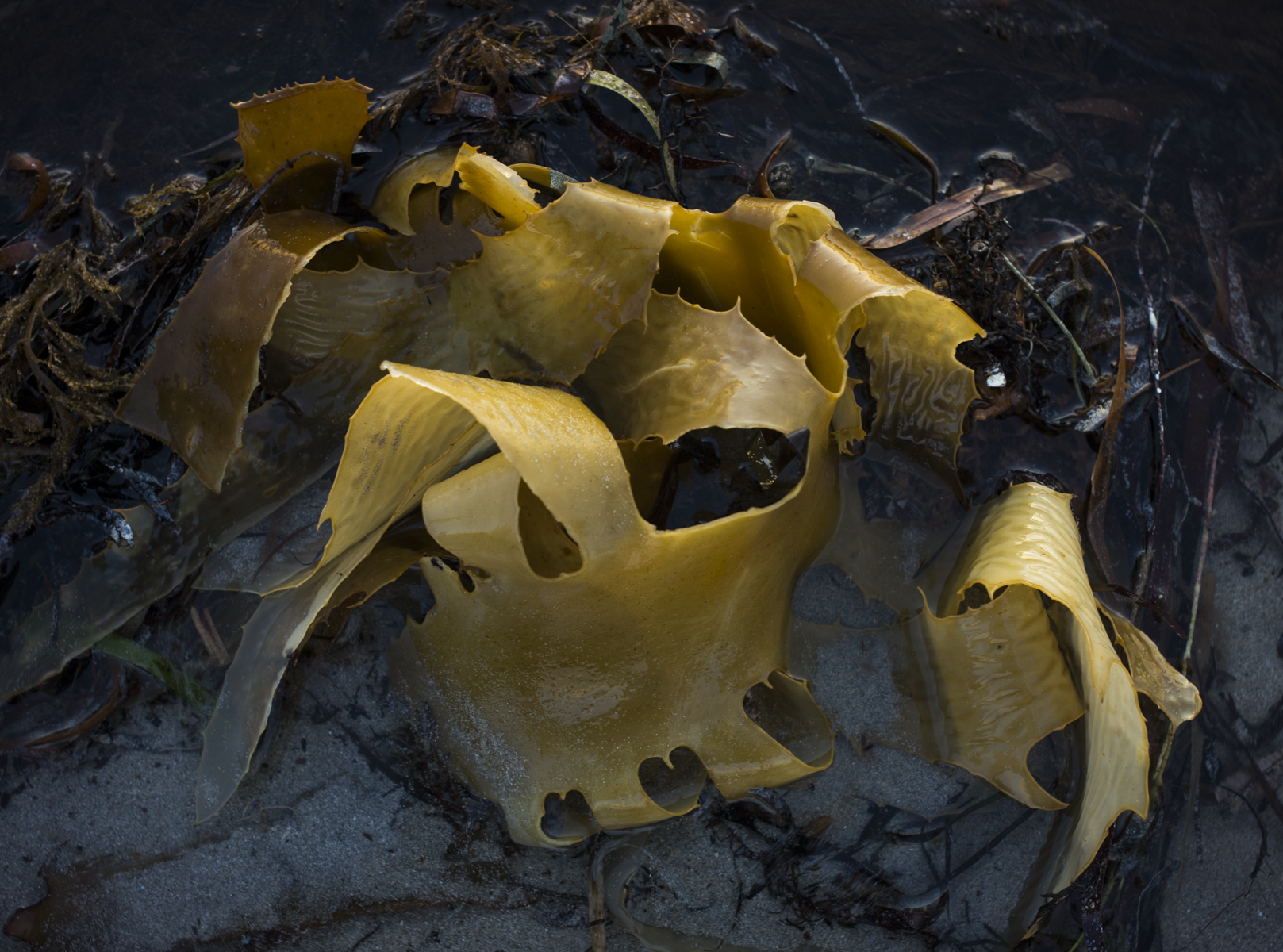So far autumn—-that is March and April—in southern Australia has been hot and dry with very little rain. It feels unseasonably warm in the sense of the temperatures being above normal. Presumably, the current spike in warm weather is happening partly because of the El Niño that spread a pulse of warm water across the Pacific Ocean in 2015. That El Niño is now dissipating, spreading the warmer water around Australia, raising temperatures.

These warm temperatures—-there is heat in the sun at 9am in the morning—that is caused by a dissipating El Niño is happening on top of the background of global warming. What we are seeing and experiencing is a continuous process of global warming that is superimposed on to the natural variability. Long term that means longer heatwaves, greater droughts, less water and rising sea levels for southern Australia.
The vast majority of the extra carbon dioxide, chiefly caused by burning fossil fuels, that is being added into the Earth’s biosphere ends up in the oceans, where heat has been building up since the early 1970s. What the ocean doesn’t take up, is left to accumulate in the atmosphere.The amount of CO2 in the atmosphere is increasing. The two ice caps, in the Arctic and the Antarctic, which provide cooling, affect ocean currents, winds and the atmosphere, continue to melt.Thee long term trend is one of the ice surface contracting.
So it looks as if it is going to be hot on the Mallee Highway phototrip next week–just like it was on the Wallaroo one.

